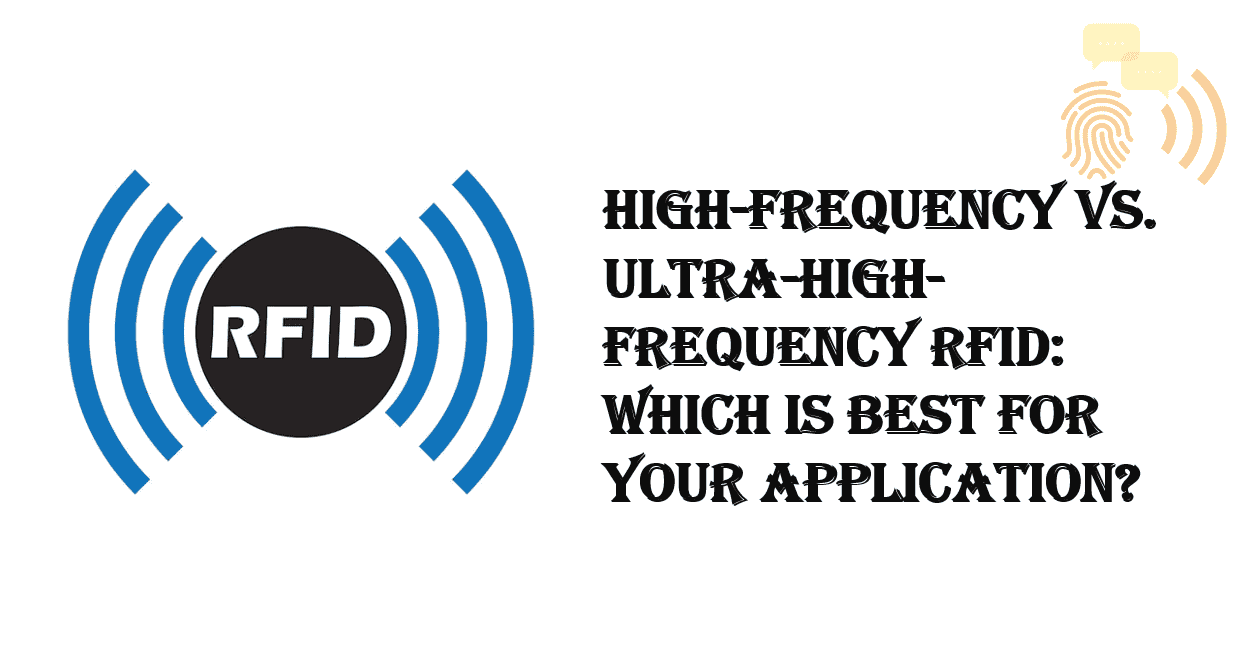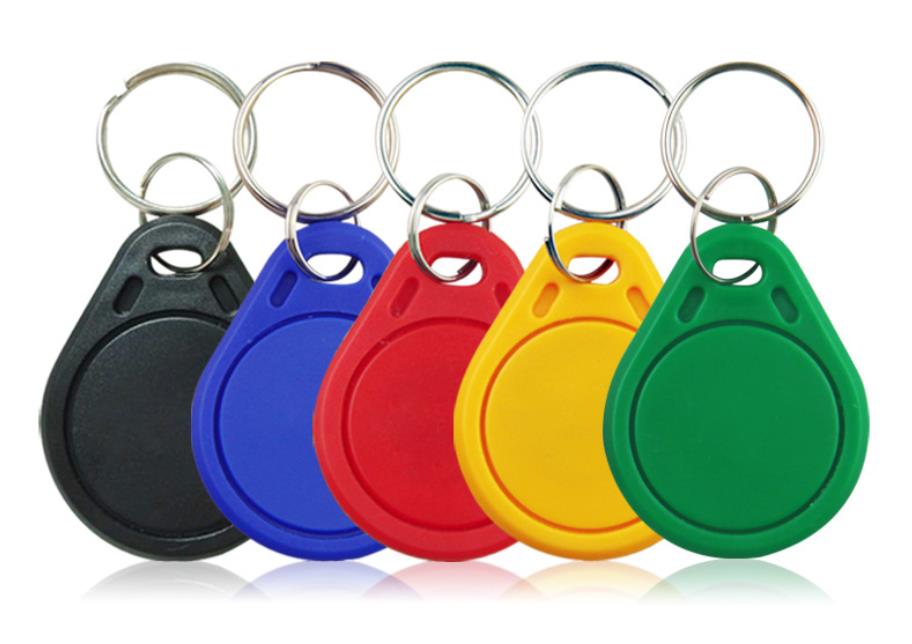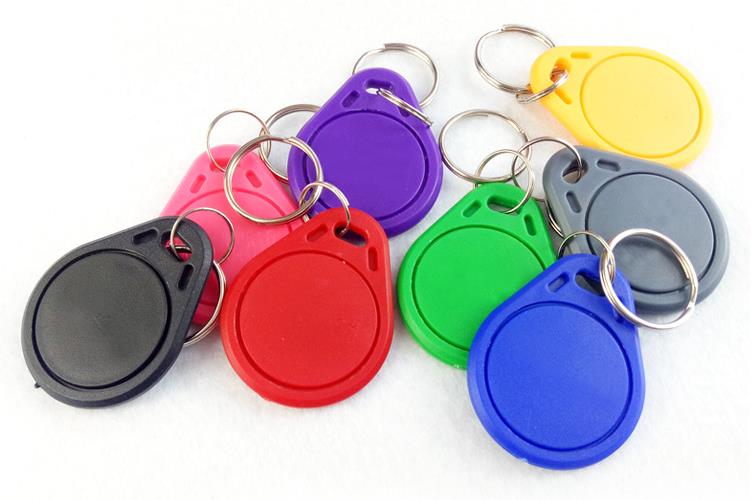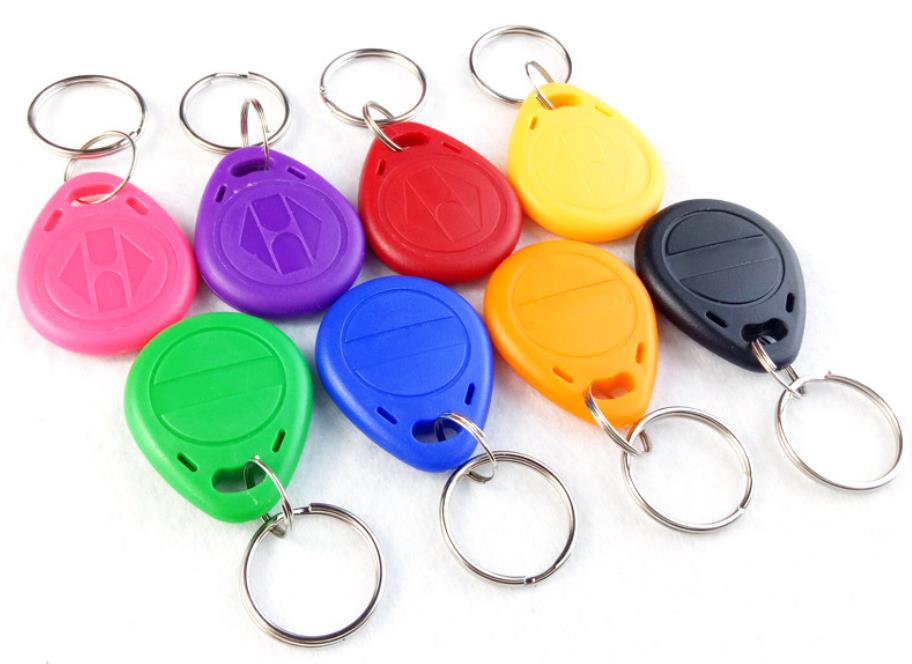High-Frequency vs Ultra-High-Frequency RFID-Which is Best for Your Application

High-Frequency vs. Ultra-High-Frequency RFID: Which is Best for Your Application?
Radio Frequency Identification (RFID) technology has transformed the way businesses and industries track and manage assets. Two of the most widely used types of RFID are High-Frequency (HF) RFID and Ultra-High-Frequency (UHF) RFID. These two types of RFID operate at different frequencies and have distinct advantages, making it important to understand the difference between HF and UHF RFID when selecting the right system for your application.
In this article, we will compare high-frequency RFID and UHF RFID, examining their key differences, advantages, and ideal use cases to help you decide which is best for your needs.
Table of Contents
- Introduction
- What is High-Frequency RFID?
- What is Ultra-High-Frequency RFID?
- Key Differences Between HF and UHF RFID
- Which RFID Technology is Best for Your Application?
- Conclusion
What is High-Frequency RFID?
High-frequency RFID operates at a frequency range of 13.56 MHz. It is a common RFID technology used in applications where short-range, reliable communication is essential. HF RFID systems are typically used for applications that require data to be read from a relatively short distance—usually within 1 to 1.5 meters (3 to 5 feet).
HF RFID is used in many industries, including:
- Access control: Key cards, ID badges, and secure entry systems often use HF RFID tags to allow authorized personnel access to restricted areas.
- Library management: HF RFID tags are used to track books and assets in libraries.
- Public transport: Smart cards for transit systems often rely on HF RFID to facilitate contactless payments.
- Retail: HF RFID is commonly used for tagging products to improve inventory management and tracking.
What is Ultra-High-Frequency RFID?
Ultra-High-Frequency (UHF) RFID operates in the frequency range of 860 MHz to 960 MHz, depending on the region. UHF RFID systems are designed for longer-range communication and can read tags at distances ranging from several meters to over 10 meters (33 feet), making them ideal for applications where large volumes of goods need to be tracked over greater distances.
Some key industries and use cases for UHF RFID include:
- Supply chain management: UHF RFID tags are used to track goods as they move through the supply chain, allowing companies to track shipments in real-time.
- Asset management: UHF RFID helps organizations track valuable assets such as equipment, vehicles, and machinery.
- Inventory management: Retailers use UHF RFID to manage stock levels across multiple locations, improving the efficiency of stocktaking and reducing the risk of out-of-stock situations.
- Vehicle tracking: UHF RFID tags are commonly used in toll systems and vehicle identification.
Key Differences Between HF and UHF RFID
The primary distinction between high-frequency RFID and ultra-high-frequency RFID lies in their frequency ranges, communication distances, and typical use cases. Here's a breakdown of the key differences between HF and UHF RFID:
1. Frequency Range and Communication Distance
- HF RFID: Operates at 13.56 MHz and offers a read range of up to 1.5 meters (about 5 feet), depending on the power output and environment. The shorter range makes HF RFID ideal for applications that require precise control over the scanning area.
- UHF RFID: Operates between 860 MHz and 960 MHz, offering a much longer read range, often exceeding 10 meters (33 feet). This makes UHF RFID better suited for large-scale tracking and long-range applications.
2. Data Transfer Speed
- HF RFID: Generally, HF RFID tags have slower data transfer speeds compared to UHF RFID. However, this is not an issue for most applications where the need for long-range communication is minimal.
- UHF RFID: UHF RFID systems are faster in transferring data due to their broader bandwidth. This enables UHF RFID to be used in high-volume environments, where speed is crucial.
3. Tag Size and Cost
- HF RFID: Typically, HF RFID tags are smaller and less expensive than their UHF counterparts. This makes HF RFID a cost-effective solution for applications where large numbers of tags need to be deployed on individual items or assets.
- UHF RFID: UHF tags tend to be larger and can be more expensive, especially when longer read ranges or more complex data storage is required.
4. Environmental Sensitivity
- HF RFID: HF RFID is less affected by environmental factors such as metal and liquid, making it ideal for use in environments with these materials, such as libraries, retail stores, and access control systems.
- UHF RFID: UHF RFID is more susceptible to interference from metals and liquids. In environments where these elements are present, UHF RFID tags may require special designs or protective enclosures to ensure reliable performance.
5. Regulations and Range
- HF RFID: Being part of the ISM (Industrial, Scientific, and Medical) band, HF RFID is subject to fewer regulatory restrictions across most regions. Its shorter range also reduces concerns over potential interference with other radio frequencies.
- UHF RFID: UHF RFID is subject to more stringent regulations, particularly in terms of frequency usage. The acceptable frequency ranges vary by region, which can impact deployment in different countries.
Which RFID Technology is Best for Your Application?
Choosing between high-frequency RFID and ultra-high-frequency RFID depends on the specific requirements of your application. Here’s a quick guide to help you make the right decision:
-
Use HF RFID if:
- You need short-range communication (up to 1.5 meters).
- Your application requires high accuracy and precision, such as asset tracking in libraries or secure access control.
- The environment has significant amounts of metal or liquid, which could interfere with UHF RFID.
-
Use UHF RFID if:
- You need long-range communication (greater than 1.5 meters, up to 10 meters or more).
- You are tracking high volumes of goods or assets across larger areas, such as in supply chain management or warehouse operations.
- Speed and efficiency are important, such as in retail inventory management or vehicle tracking.
Conclusion
The choice between high-frequency (HF) RFID and ultra-high-frequency (UHF) RFID comes down to the specific requirements of your application. HF RFID is ideal for short-range, high-accuracy tracking in controlled environments, while UHF RFID is perfect for longer-range applications requiring fast data transfer and scalability.
By understanding the differences between HF and UHF RFID, you can make a more informed decision about which technology best suits your operational needs. Whether you're looking to track assets, streamline inventory management, or improve supply chain efficiency, the right RFID system can enhance your operations and boost your business’s performance.
Related Products
Here are some relevant stats and facts to enhance the article:
1. Global RFID Market Growth
- The global RFID market size is expected to reach $42.1 billion by 2027, growing at a compound annual growth rate (CAGR) of 14.5% from 2020 to 2027 (Source: Fortune Business Insights).
- UHF RFID accounts for a significant portion of this growth, especially in logistics, retail, and supply chain management.
2. Range and Efficiency
- UHF RFID systems can achieve read ranges of 10 meters or more, depending on the tag and reader power.
- HF RFID operates typically within a range of 1 to 1.5 meters, making it ideal for applications where items need to be tracked in a limited, controlled space.
3. Data Transfer Speed
- UHF RFID offers faster data transfer rates, capable of processing over 1,000 tags per second in certain environments, making it ideal for high-volume, fast-paced applications.
- HF RFID typically supports a lower data transfer rate but is sufficient for applications like access control and item-level tracking, where speed is less of a concern.
4. Industry Adoption
- Retail: A report by the RFID Journal found that 85% of major retailers plan to use RFID technology for inventory management by 2025, with UHF RFID becoming a primary choice for large-scale inventory tracking.
- Supply Chain: In the logistics sector, UHF RFID is widely used to track shipments across global supply chains. In fact, 63% of logistics companies have implemented RFID technology to improve visibility and efficiency.
5. Environmental Sensitivity
- UHF RFID signals are susceptible to interference from metals and liquids. However, special tags designed for use on metal surfaces or in environments with high moisture (such as liquid containers) are available and continue to expand UHF RFID adoption.
- HF RFID is less affected by these materials, making it the preferred choice for tracking assets in environments with high metal content, such as in libraries or secure facilities.
6. Cost of Tags
- The cost of UHF RFID tags is typically higher than that of HF RFID tags due to the increased range and data capacity. UHF tags can range from $0.20 to $1.50 per unit, whereas HF tags are generally priced between $0.10 and $0.75 per tag, depending on the complexity and application.
7. RFID in Asset Management
- A study by Zebra Technologies found that 89% of surveyed businesses believe RFID technology improves asset tracking and inventory accuracy. RFID adoption in asset management has proven to reduce operational costs by up to 30%.



